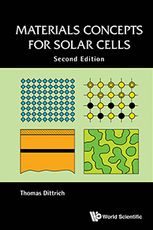
Materials Concepts for Solar Cells (2nd Edition)
Authors : Thomas Dittrich (Helmholtz Center Berlin for Materials and Energy, Germany)
Publisher : World Scientific
ISBN : 978-1-78634-448-9
"The book offers a well-balanced treatment of physical principles and materials-related concepts of solar cells, and considers both classical and new trends in this rapidly developing field ... The book is perfectly structured, with a concise summary of the most important points provided for every chapter, and the description of the concepts well complemented by the tasks. I strongly recommend this book for students and scientists attracted to the renewable energy and the materials science fields."
-- Andrey Rogach
Chair Professor of Photonic Materials
City University of Hong Kong
“The book is of good pedagogical value. Students as well as teachers can make use of this either as a main textbook or as a support for their lessons. In general, the book is well-written and provides a solid basis for studying solar cells.”
-- MRS Bulletin
-- Andrey Rogach
Chair Professor of Photonic Materials
City University of Hong Kong
“The book is of good pedagogical value. Students as well as teachers can make use of this either as a main textbook or as a support for their lessons. In general, the book is well-written and provides a solid basis for studying solar cells.”
-- MRS Bulletin
A modern challenge is for solar cell materials to enable the highest solar energy conversion efficiencies, at costs as low as possible, and at an energy balance as sustainable as necessary in the future. This textbook explains the principles, concepts and materials used in solar cells. It combines basic knowledge about solar cells and the demanded criteria for the materials with a comprehensive introduction into each of the four classes of materials for solar cells, i.e. solar cells based on crystalline silicon, epitaxial layer systems of III-V semiconductors, thin-film absorbers on foreign substrates, and nano-composite absorbers. In this sense, it bridges a gap between basic literature on the physics of solar cells and books specialized on certain types of solar cells.
The last five years had several breakthroughs in photovoltaics and in the research on solar cells and solar cell materials. We consider them in this second edition. For example, the high potential of crystalline silicon with charge-selective hetero-junctions and alkaline treatments of thin-film absorbers, based on chalcopyrite, enabled new records. Research activities were boosted by the class of hybrid organic-inorganic metal halide perovskites, a promising newcomer in the field.
This is essential reading for students interested in solar cells and materials for solar cells. It encourages students to solve tasks at the end of each chapter. It has been well applied for postgraduate students with background in materials science, engineering, chemistry or physics.
The last five years had several breakthroughs in photovoltaics and in the research on solar cells and solar cell materials. We consider them in this second edition. For example, the high potential of crystalline silicon with charge-selective hetero-junctions and alkaline treatments of thin-film absorbers, based on chalcopyrite, enabled new records. Research activities were boosted by the class of hybrid organic-inorganic metal halide perovskites, a promising newcomer in the field.
This is essential reading for students interested in solar cells and materials for solar cells. It encourages students to solve tasks at the end of each chapter. It has been well applied for postgraduate students with background in materials science, engineering, chemistry or physics.
Details for this author is currently not available.
"The book offers a well-balanced treatment of physical principles and materials-related concepts of solar cells, and considers both classical and new trends in this rapidly developing field ... The book is perfectly structured, with a concise summary of the most important points provided for every chapter, and the description of the concepts well complemented by the tasks. I strongly recommend this book for students and scientists attracted to the renewable energy and the materials science fields."
-- Andrey Rogach
Chair Professor of Photonic Materials
City University of Hong Kong
“The book is of good pedagogical value. Students as well as teachers can make use of this either as a main textbook or as a support for their lessons. In general, the book is well-written and provides a solid basis for studying solar cells.”
-- MRS Bulletin
-- Andrey Rogach
Chair Professor of Photonic Materials
City University of Hong Kong
“The book is of good pedagogical value. Students as well as teachers can make use of this either as a main textbook or as a support for their lessons. In general, the book is well-written and provides a solid basis for studying solar cells.”
-- MRS Bulletin
Buy this book, https://www.worldscientific.com/worldscibooks/10.1142/q0131, 13575, false
FAQs
Click on the "Buy this book" button
You can email us at book-review@enago.com and we will get back to you with the next steps shortly.
New Releases
-
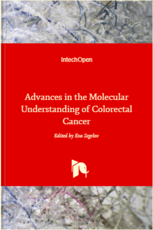
Advances in the Molecular Understanding of Colorectal Cancer
-
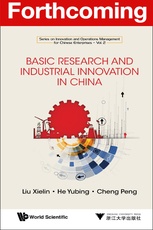
Basic Research and Industrial Innovation in China
-
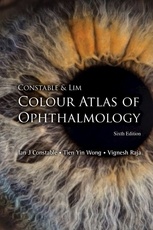
Constable & Lim Colour Atlas Of Ophthalmology: Sixth Edition
-
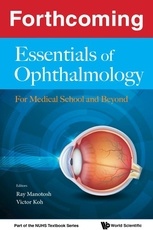
Essentials of Ophthalmology: For Medical School and Beyond
-
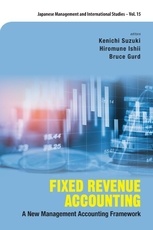
Fixed Revenue Accounting: A New Management Accounting Framework
All featured publishers and authors can avail of a free promotional interview on Enago Academy! Write to us now!
